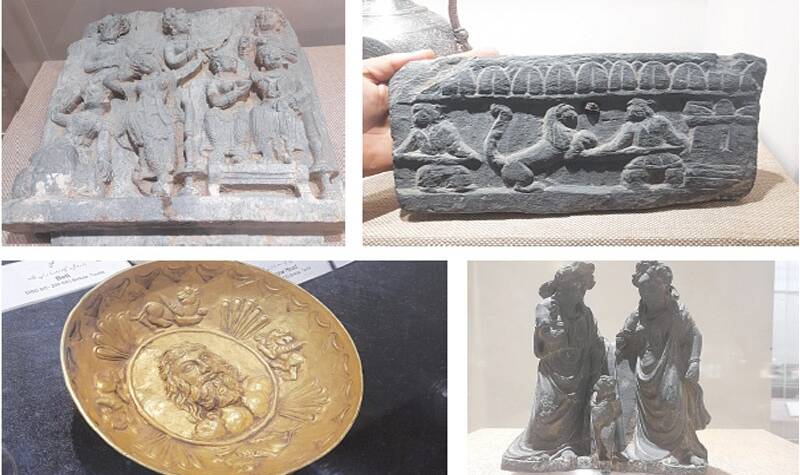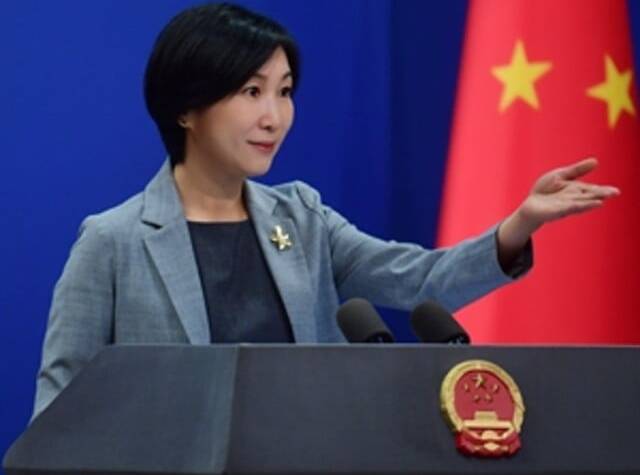ISLAMABAD: After showing at renowned galleries in China for more than a year, the Gandhara Art Exhibition has returned to Pakistan, and 10 historical artworks are now on display at the Islamabad Museum, including a stunning 2nd–3rd century AD relic depicting Lord Buddha’s princely life that was locked away in storage for 17 years.
The green schist artifact, found mostly in Swat Valley, was locked away in storage after returning from shows in Europe in 2007.
“Last year, when China selected this object, the artifact was taken out of the store. We decided to put it on display after 17 years,” said Director of the Islamabad Museum, Department of Archaeology and Museums (DOAM), Dr Abdul Ghafoor Lone.
The stone artifact depicted Buddha’s palace life before enlightenment.
It showed the young prince with his wife, heavenly figures playing music, and subjects dancing.
The Gandhara Exhibition was held in connection with the celebration of the 70th anniversary of diplomatic relations between Pakistan and China.
As many as 65 artifacts were borrowed from the National Museum of Pakistan Karachi, 10 from the Islamabad Museum, another 16 from Taxila Museum and 82 pieces of art were borrowed from Khyber Pakhtunkhwa (KP) museums – Peshawar Museum, Hund Museum Swabi, Dir Museum, and Swat Museum.
The artifacts were sent to the Palace Museum Beijing, China in January 2023, and the exhibition inauguration was held on March 15, 2023. After three months at the Palace Museum in Beijing, China, the first touring destination of the Gandhara Art Exhibition was the Gansu Provincial Museum from September 8 to December 8, 2023.
The second touring destination was Shenzhen Museum, Guangdong Province, China, from December 24 to March 24, 2024.
China has been borrowing artifacts from Pakistan under an agreement since 2010. It allows ordinary Chinese people to learn about cultural and religious diversity in Pakistan.
“People in China can learn that Pakistan is not just a Muslim country but home to a significant Buddhist heritage. This in turn encourages tourism to Pakistan, where tourists can experience an unparalleled collection of Buddhist collections,” Dr Abdul Ghafoor said.
The 10 pieces on display at the Islamabad Museum also included grey and black schist objects from Peshawar and Mardan.
Some of the pieces on display had been confiscated from treasure hunters, including the solid gold 3rd to 4th century drinking bowl with an image of Dionysus, the Greek God of wine and pleasure.
A 2nd to 3rd century artifact from the Varia (Various) Collection included a magnificent relic depicting a scene of lion hunting with a hint of Greek influence.
The piece was discovered in Swat by an Italian exhibition during a survey in the 1960s.
The remaining artifacts belonging to the NMP Karachi, Taxila Museum Taxila, and museums in KP have been returned to their respective institutions.

















